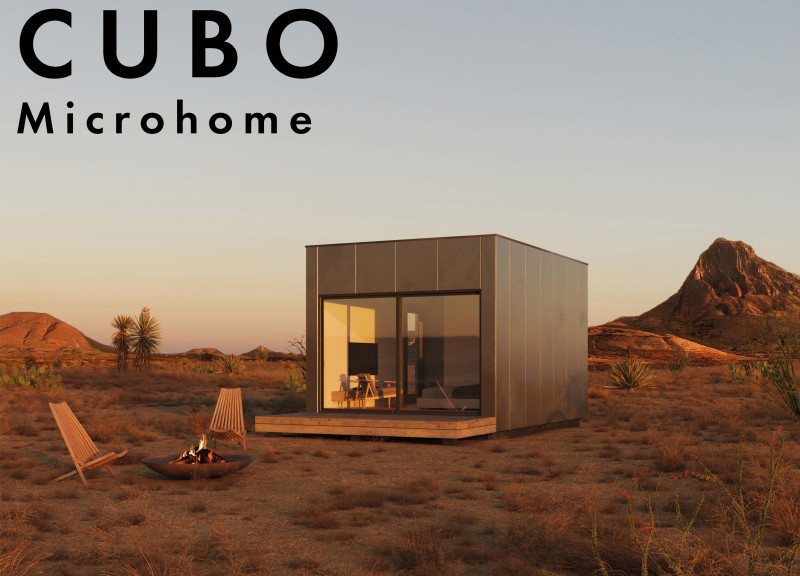5 key facts about this project
The main function of the project revolves around providing versatile spaces that cater to both communal activities and individual pursuits. This multifunctional approach is evident in the layout, which prioritizes flexibility and adaptability. The architectural spaces are designed to foster interaction among users while also offering serene environments for quiet reflection. This duality serves to address the diverse needs of a modern community, encouraging collaboration and engagement without sacrificing personal comfort.
Key elements of the design include a seamless flow between indoors and outdoors, achieved through large expanses of glazing that invite natural light and offer panoramic views of the surroundings. These windows not only serve a practical purpose by improving daylighting but also create a visual connection with nature, which is increasingly recognized as essential in contemporary architectural design. Furthermore, the careful selection of materials plays a critical role in reinforcing the project's objectives. The use of locally sourced stone, sustainably harvested timber, and modern glass facades demonstrates a commitment to environmental responsibility while simultaneously celebrating the regional heritage.
Important details within the project include green roofs and walls, which enhance biodiversity and thermal performance, and rainwater harvesting systems that contribute to its sustainability goals. These features not only reduce the building's ecological footprint but also provide opportunities for education regarding sustainability practices to the users. The architectural design embraces passive heating and cooling strategies, allowing for energy efficiency. By incorporating overhangs to provide shade and employing natural ventilation techniques, the design minimizes reliance on mechanical systems, further aligning with eco-friendly objectives.
Unique design approaches are evident throughout the project. The architectural language reflects a contemporary aesthetic, characterized by clean lines and a cohesive material palette. The thoughtful composition of spaces, with an emphasis on natural light and texture, promotes a sense of well-being. The project also emphasizes cultural inclusivity by incorporating local artistic elements into its design, such as murals and community art installations, which celebrate the identity of the neighborhood and encourage local engagement.
The project's integration with its landscape is particularly noteworthy. The landscaping design complements the architectural form, further blurring the boundaries between the built environment and nature. Walking paths, communal gardens, and recreational areas are woven into the fabric of the site, inviting users to explore and connect with their surroundings. This interaction fosters a sense of community and belonging, essential components in the success of any urban project.
As the project progresses, there will be a continual exploration of architectural plans, architectural sections, and architectural ideas that expand on the initial vision. These elements invite further examination and highlight the design's innovative strategies. Readers are encouraged to delve deeper into the project presentation to fully appreciate the thoughtful nuances and comprehensive approach that characterize this architectural endeavor, revealing its potential impacts on the community it serves.


























